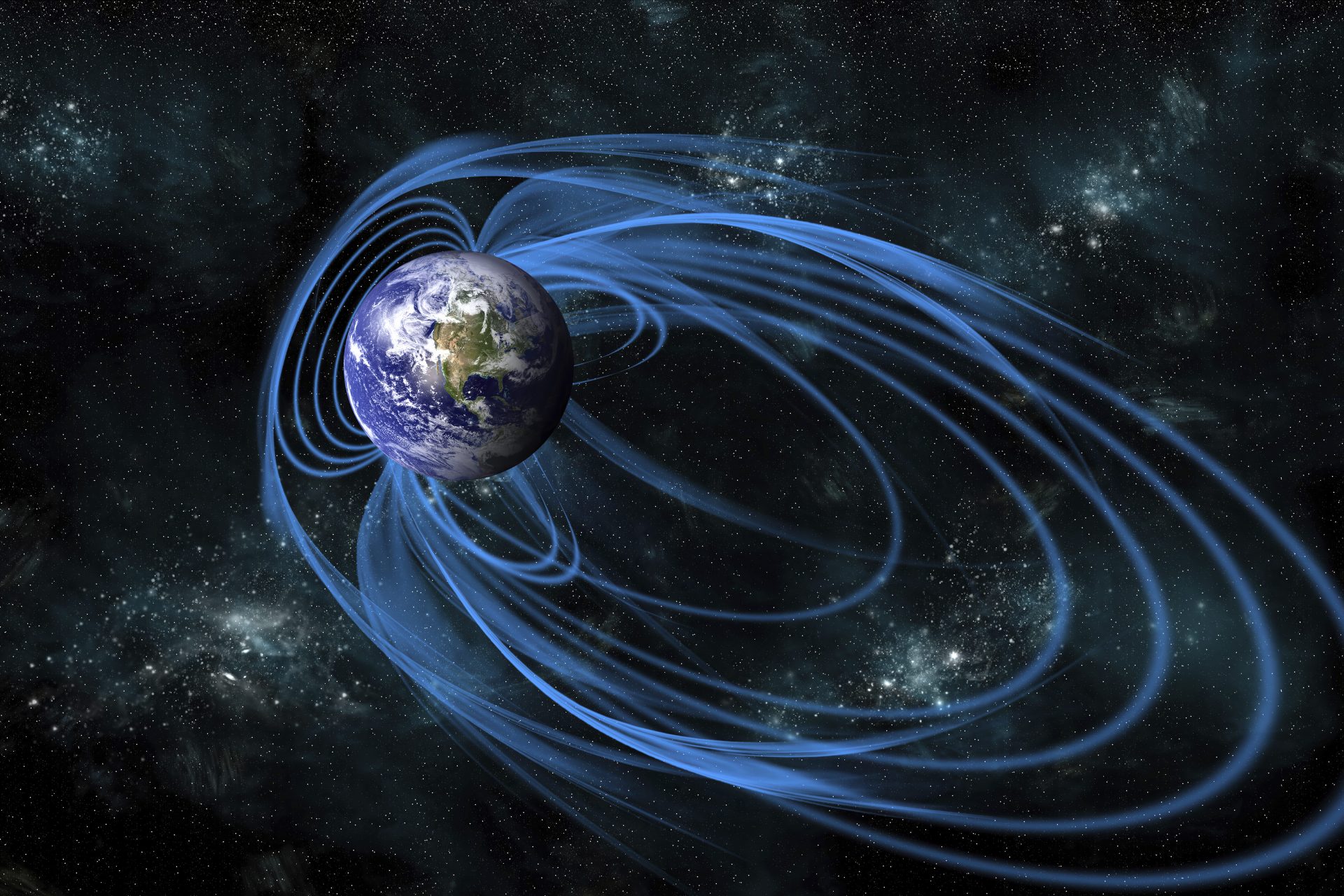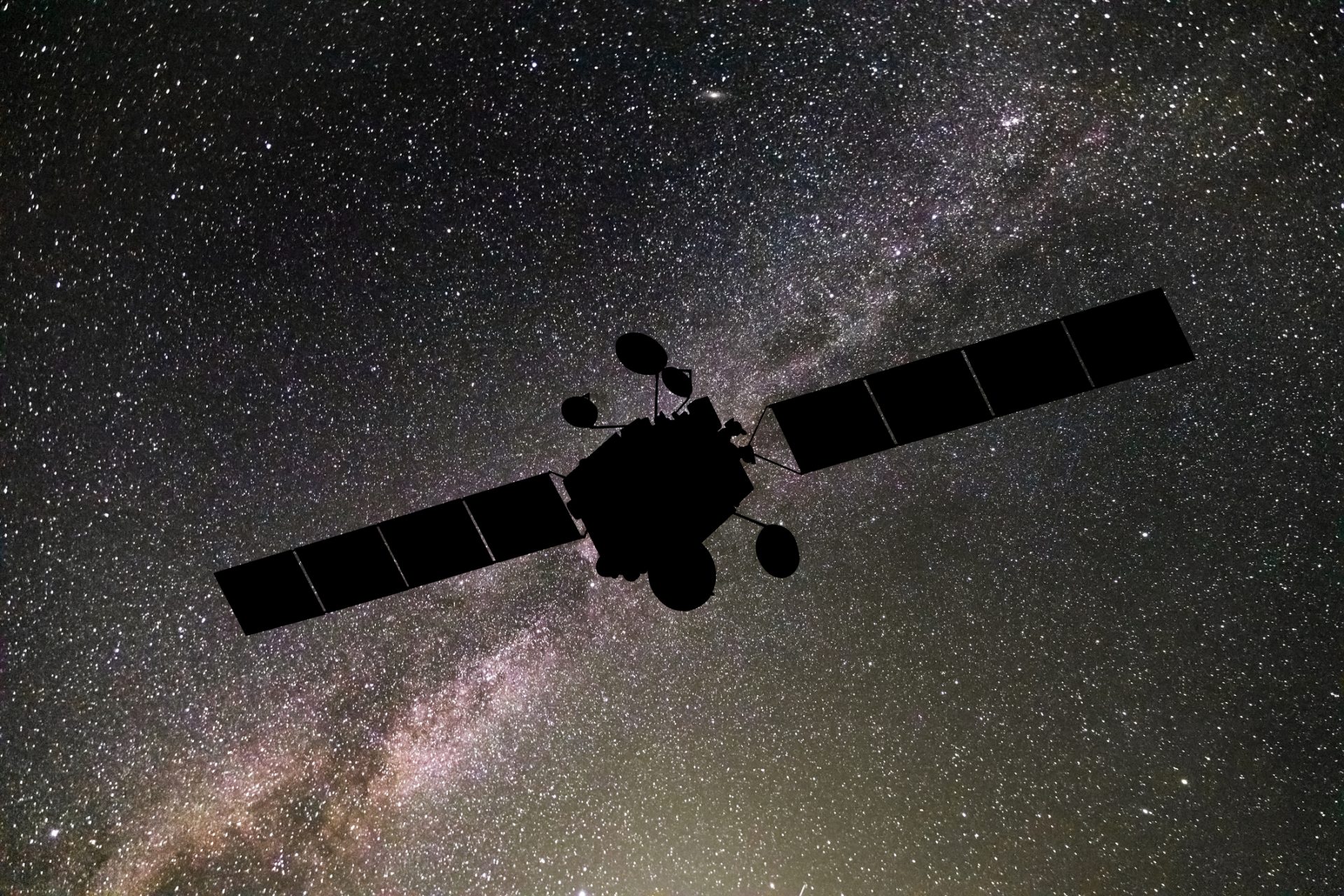Did you know there is a massive dent in the Earth's magnetic field?
For decades, scientists have been studying the South Atlantic Anomaly (AAS), a region of the Earth where the magnetic field is significantly weaker than in other areas. But what does this mean?
The Earth's magnetic field filters solar wind, a stream of charged particles and radiation. The dent makes the area more susceptible.
This phenomenon is monitored by international bodies, such as NASA and ESA.
NASA experts told CNN that studying AAS is crucial to understanding the processes that generate Earth's magnetic field and its variations over time.
Still, since the anomaly hangs over the southeast of Brazil, extending to the Atlantic Ocean, the country is in a privileged region to evaluate the anomaly.
The report also highlighted that the anomaly grew 7% in the last four years. That worsens its impact.
Still, according to the Brazilian ON experts, the AAS is not dangerous for humans since the planet's atmosphere absorbs charged particles and radiation.
André Wiermann, senior technologist at ON, explained that "this process is continuous and does not significantly affect the lives of people on Earth.”
NASA experts quoted by CNN explained that the main issue with the anomaly is that it interferes with satellite computers.
Satellites near the dent are exposed to a more significant amount of cosmic radiation and charged particles.
Still, the Brazilian ON experts demystified the power of the anomaly over our communication systems, by saying satellites are prepared to deal with it.
“When satellites pass through the AMAS region, they can go into standby (standby mode) so that they do not suffer any damage,” explained Wiermann in an article on the ON website.
"It's like a household appliance: if there is a fluctuation in the electricity, the appliance should be turned off so that it does not burn out," Wiermann added.
According to a University of Liverpool study cited by CNN, researchers have discarded any larger consequences to the rest of the Earth's magnetic field.
The study concluded that the AAS has existed for around 11 million years and is a recurring feature of the planet's magnetic field.
Never miss a story! Click here to follow The Daily Digest.
Photo: Pixabay
More for you
Top Stories






























